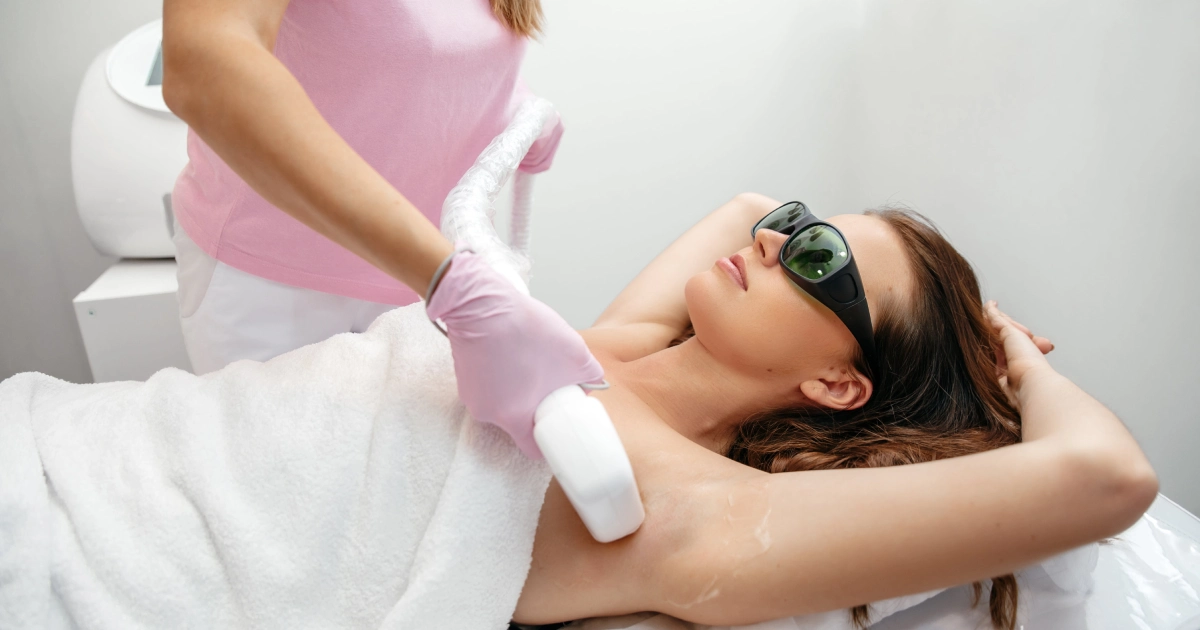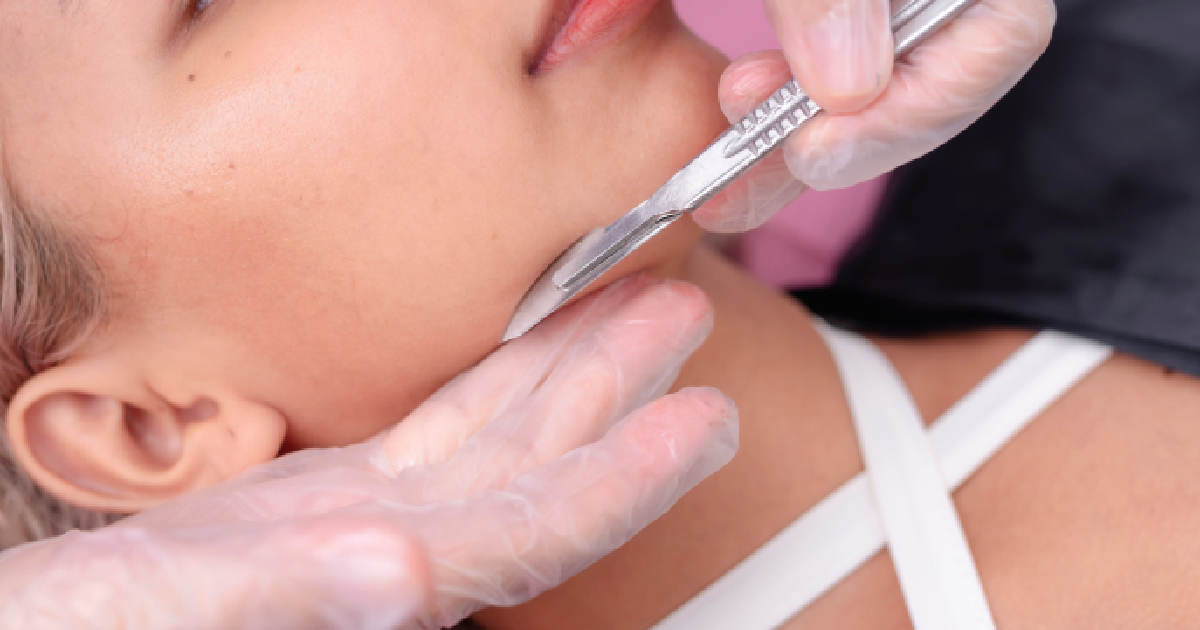Table of Contents
It’s embarrassing. You’re standing in a public place, all dressed up, only to have people staring at your legs. Those spider veins on the legs are not so hidden anymore. They can make you feel awkward, but you are not alone. Studies suggest that about 84% of people have spider veins. And for some, the condition can get worse with time and age.
If you have been wondering about the weird blue, red, or purple marks on your legs lately, it could be many things. Maybe you have recently hurt yourself badly, or it could be a sign of spider veins.
Spider veins are harmless and generally don’t cause significant pain. However, if you worry about them and have thought of getting treatments, then you should take a look at Afzal Clinic. We are experts at treating spider veins and varicose veins.
Why Spider Veins Happen
Veins are essential for returning blood to the heart, with one-way valves ensuring smooth circulation. Over time, these valves can weaken, causing blood to pool and small, web-like clusters to appear on the skin. This happens gradually, so the changes might not be noticeable at first.
Popularly known as spider veins, they are bulges that prevent the uninterrupted flow of blood in the body. Because these bulges develop over time, you might not notice it initially. But as time passes by, they might get more visible and rather distinct.
There are various reasons for spider veins to develop on the legs. Some of them are related to weight, age, or pregnancy. Gender also plays a role since more than half of women are prone to getting spider veins on their legs. Men experience this condition at a much lower rate.
While the condition might not be hurting you to the extent that you need medical assistance, it does create some pain and discomfort. Spider veins can develop if your lifestyle or job requires you to stand or sit for long periods without changing position.
Common Symptoms of Spider Veins
If you are wondering whether the pain in your legs is due to spider veins, then check for these symptoms:
- Heaviness or pain in the legs
- Swelling
- Slight itchiness
- Aching
- Extreme tiredness
Some people also find that spider veins can disrupt their sleep due to pain and discomfort, further exacerbating the problem.
Common Causes of Spider Veins
1. Genetics
If you have someone in your family with a history of spider veins, then you are more likely to experience the same symptoms. Occasionally the appearance of spider veins may skip a generation, but typically there is a dominant genetic component. Weak veins can cause spider veins, and this is a condition that can pass from one generation to the next.
2. Pregnancy
Hormones during pregnancy create drastic changes for women. Pregnant women may experience blockages in their veins. Increased blood volume and the weight of the baby also lead to added pressure. Women may experience restricted movement and difficulty walking, resulting in spider veins on their legs. Pregnancy-related spider veins often resolve with time after delivery. If they persist, then you can opt for the right treatment.
3. Age
If you have had spider veins earlier in your life, chances are they still exist. With age, the recovery is much slower as compared to a younger person. As people age, their mobility can decrease, putting them at a higher risk of spider veins and other circulatory difficulties.
4. Obesity
Eating unhealthy food can cause an imbalance in your diet. It can also lead to weight issues. This increased pressure may lead to blockages, which can give rise to spider veins. Excess weight can hide the actual cause of spider veins, making it difficult to detect and treat them early.
5. Side-effects of Medicines
Medications you consume can cause hormonal imbalances that lead to pressure in the veins. If this leads to blockage, it can result in spider veins on the legs.
How to Prevent Spider Veins
Lifestyle changes and appropriate self-care play a significant role in keeping your legs healthy and free of spider veins. If you are not yet experiencing spider veins, then there are many ways to prevent them. Observe the following habits to help reduce your risk of developing spider veins:
1. Exercise Regularly
Even a few minutes of brisk walking each day can go a long way in preventing or slowing the occurrence of spider veins. Taking proactive steps early on can help you avoid the need for significant treatments later in life. Exercise regularly. Find the type of movement that feels good and that you will stick with long-term for the best results.
2. Engage in Treatment
You can treat spider veins quickly. All you need is an expert doctor who has plenty of experience in the procedure. With advanced technology, the treatment is no longer intensive. In fact, with the non-invasive procedure, you can get back to work the same day.
3. Monitor Your Food Intake
Certain foods can lead to sudden weight gain and pressure on your legs. By maintaining healthy eating habits and a healthy weight, you can control this. When you are mindful of your food choices, you can reduce the likelihood of spider veins. Small steps toward healthy habits will go a long way toward preventing spider veins and other concerns.
Spider veins can be unsightly and uncomfortable. However, by taking necessary precautions, you can reduce the occurrence of spider veins. And, if you still see traces of spider veins on your legs, then consider a simple treatment option to help you feel more confident. With the proper procedure, you will end up with little or no visibility of spider veins on your legs.
Why Choose Afzal Clinics?
To know more, contact Afzal Clinic to set up an initial consultation.
Contact us today to learn why Afzal Clinics is the best option for you.






